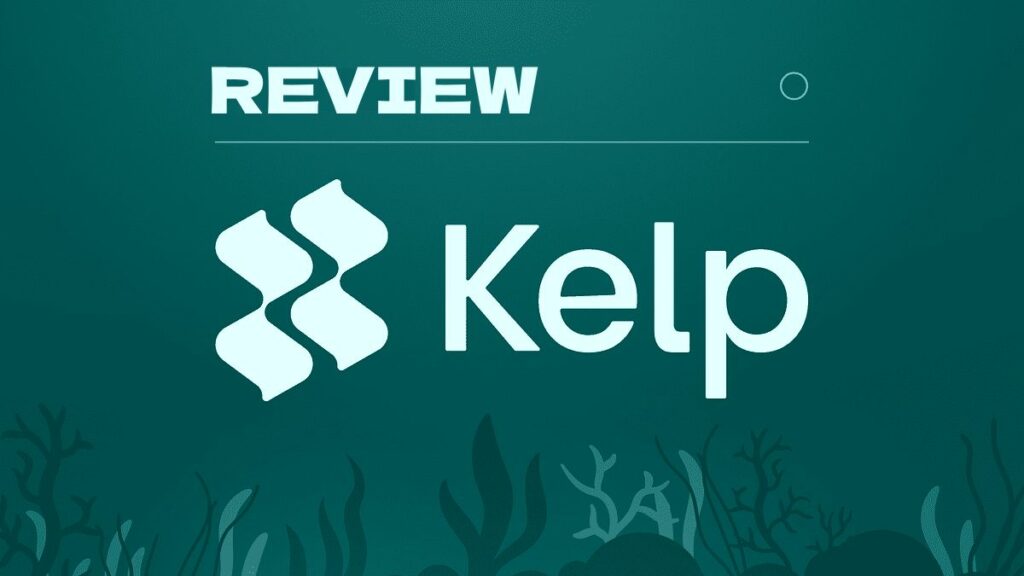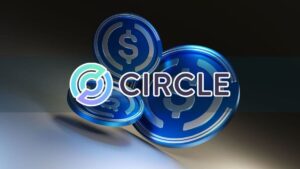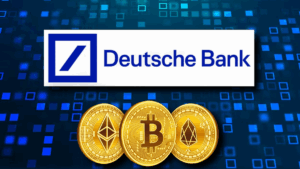With the emergence of Restaking platforms, a new process that allows you to maximize the benefits of your cryptocurrencies, several alternatives have appeared that expand the possibilities for users and investors. One of them is Kelp, which has taken advantage of the impact of EigenLayer in the market to bring new functionalities.
Do you want to know in detail what Kelp is and how you can improve the performance of your cryptocurrency investments? Well this article is all you need.
What Is Kelp?

Kelp is a DAO, Decentralized Autonomous Organization, whose main goal is to increase the availability of funds in the decentralized finance (DeFi) sector and offer higher rewards for assets that are “restaken” in the EigenLayer ecosystem.
“Restaking” refers to the process of taking cryptocurrencies, which are already locked in a smart contract to back the network, and re-stake them. These types of projects allow users to maximize the profits they can make from their cryptocurrencies.
Kelp also offers the convenience of a unique token called rsETH, which represents “restake” assets. This token is based on Liquid Staking Tokens (LSTs). By using rsETH, users can simplify their investment and management of reskewed assets.
How Does Kelp Work?
Kelp DAO is one of the largest liquid restaking platforms today that allows this process for both native Ethereum and ETH LSTs (ETHx, stETH and sfrxETH) as collateral, whereby users can earn both EigenLayer Points and Kelp Miles.
Kelp Miles are a unique rewards system that adds an extra layer of benefits to EigenLayer restakers. These miles are tailored to enhance the restaking experience by providing additional incentives based on the restaker’s level of contribution. The aim is to make restaking more rewarding and encourage active participation in the ecosystem.
But what are EigenLayer Points? An important driver for the growth of restaking is the EigenLayer Points (EL) that users earn once their assets are resampled in EigenLayer. However, EigenLayer Points are non-liquid, non-owned, non-transferable, non-interoperable and cannot be used in DeFi nor can they be sent to someone else’s wallet. So they have many limitations that do not allow them to squeeze out the full potential that these points could have.
To address some of these challenges, Kelp has introduced the $KEP token.
What Is The KEP Token And What Is It For?
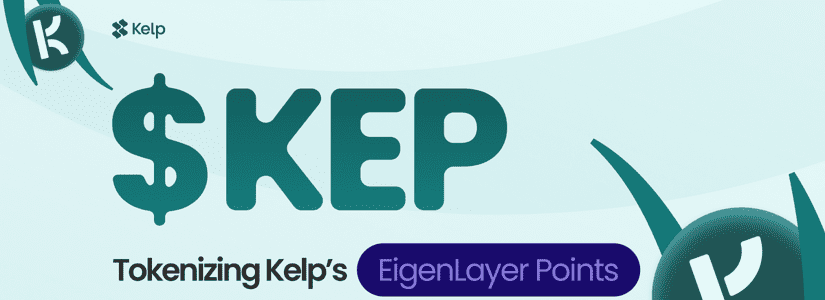
$KEP (Kelp Earned Points) is a token that represents EigenLayer Points earned through the Kelp platform. It serves as a way for users to store, share and use their EigenLayer Points. One $KEP is equivalent to one EigenLayer Point, providing users with flexibility in managing their rewards.
One of the main advantages of $KEP is its liquidity. As an ERC-20 token, $KEP can be freely transferred and traded, allowing users to easily exchange their EigenLayer Points for other assets or cryptocurrencies. This liquidity opens up various opportunities, such as trading $KEP on automated market makers (AMMs) or providing liquidity on decentralized exchanges (DEXs) to earn even more rewards.
In addition, $KEP introduces a new dimension to the restaking ecosystem by creating two distinct groups: point producers and point accumulators. Point producers are users who generate EigenLayer Points through restaking, while point accumulators are users who trade, buy, sell or otherwise interact with $KEP without necessarily restake ETH or LSTs themselves.
Overall, $KEP aims to make restaking more capital efficient and give users more flexibility in how they manage their rewards within the EigenLayer ecosystem.
Kelp Ecosystem
The Kelp ecosystem is composed of a set of protocols and algorithms designed to achieve price stability. Each has specific functions that are interesting to know in detail.
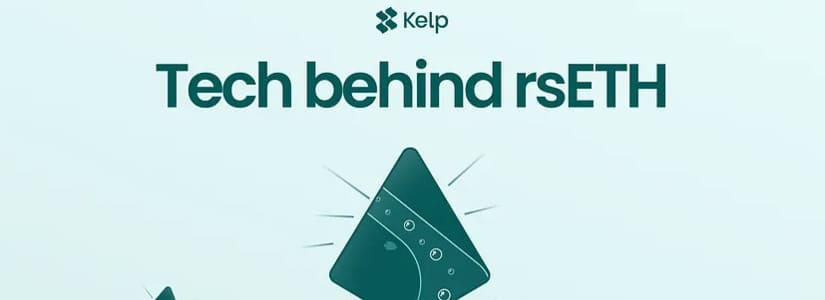
Kelp Protocol
The Kelp Protocol is an innovative econometric model designed to predict the optimal circulating supply based on the prevailing market dynamics of Kelp.
Token Liberation Strategy
The Token Release Strategy (TRS) is an approach designed to manage the introduction of new tokens to the market. This plan combines Kelp Protocol projections with a detailed strategy for determining market capacity. Initially, the TRS has two very clear objectives: to stabilize the price of the token in a manner similar to the US dollar and to ensure that the circulating supply targets for tokens are achieved.
Kelp Reservation Program (KRP)
The Kelp Reserves Program is an initiative aimed at growing the Kelp community and distributing Kelp tokens to the general public at no cost. Through this program, 25 billion Kelp tokens are allocated for distribution. To participate, users must refer others to Kelp or perform specific tasks to promote the growth of the platform.
Each user receives a unique referral link, which they can share with others. When someone clicks on the link and installs the Kelp application, both the referrer and the new user receive a reward in reserved Kelp tokens. The program also includes a sophisticated system, including the Variable Vesting Contract (VVC) and Token Release Strategy (TRS), to manage token distribution based on market conditions and ensure a fair distribution process.
Liquidity Guard
Liquidity Guard (LG) is a mechanism whereby users get a lower transaction fee in exchange for allowing the Token Release Strategy to dictate the timing of their sell orders. It prioritizes these orders based on user-defined criteria such as Priority Fee, Slippage Tolerance and Transaction Speed. The TRS will calculate a number of tokens that the Liquidity Guard can sell in the Liquidity Pool and forward this number to the LG.
Once the Liquidity Guard has the number, orders will begin selling into the Liquidity Pool over the next 24 hours in a manner that has minimal impact on price. Orders are sold according to the priority that the user has specified and, in case orders are not sold due to many accelerated orders, Priority and Normal orders will be increased in priority levels after a certain amount of time.
Conclusions
Restaking is undoubtedly revolutionizing the Ethereum ecosystem. Thanks to platforms like Kelp, this is even easier and more beneficial for investors.
The growth potential of this platform is almost limitless. As new functionalities appear for users who stake their cryptocurrencies, the entire DeFi ecosystem gains liquidity and reliability, potentially resulting in the emergence of more and better projects. Therefore, Kelp is part of the virtuous circle that can boost the growth and innovation of the entire industry.



